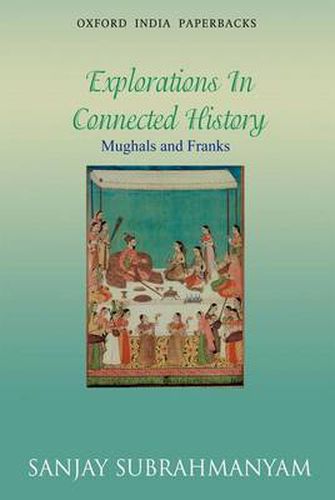Readings Newsletter
Become a Readings Member to make your shopping experience even easier.
Sign in or sign up for free!
You’re not far away from qualifying for FREE standard shipping within Australia
You’ve qualified for FREE standard shipping within Australia
The cart is loading…






Like its companion From Tagus to the Ganges, this book deploys the concept of ‘connected histories’ to shed important light on aspects of the history of early modern Eurasia. It reflects on two and a half centuries of Mughal-European relations, beginning with the early years of the Mughals in India, and ending with the eighteenth century. The volume demonstrates that the interface and balance of power between the Mughals and the Europeans are an integral part of a wider system of international political alliances. Sanjay Subrahmanyam introduces the idea of ‘contained conflict’, which is used as a paradigm to study political and commercial relations in the period. He also questions the lines of political and cultural division that traditional history writing has accepted.
This will interest students and scholars of Indian and South Asian history, medieval history, early modern India, as well as politics.
$9.00 standard shipping within Australia
FREE standard shipping within Australia for orders over $100.00
Express & International shipping calculated at checkout
Like its companion From Tagus to the Ganges, this book deploys the concept of ‘connected histories’ to shed important light on aspects of the history of early modern Eurasia. It reflects on two and a half centuries of Mughal-European relations, beginning with the early years of the Mughals in India, and ending with the eighteenth century. The volume demonstrates that the interface and balance of power between the Mughals and the Europeans are an integral part of a wider system of international political alliances. Sanjay Subrahmanyam introduces the idea of ‘contained conflict’, which is used as a paradigm to study political and commercial relations in the period. He also questions the lines of political and cultural division that traditional history writing has accepted.
This will interest students and scholars of Indian and South Asian history, medieval history, early modern India, as well as politics.